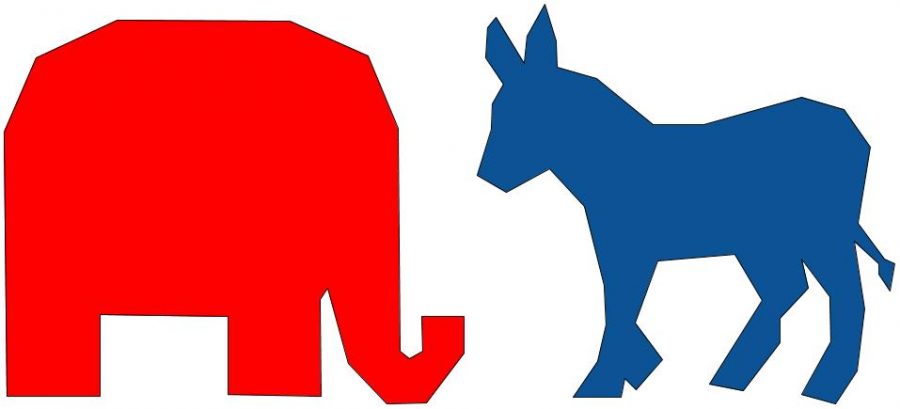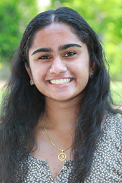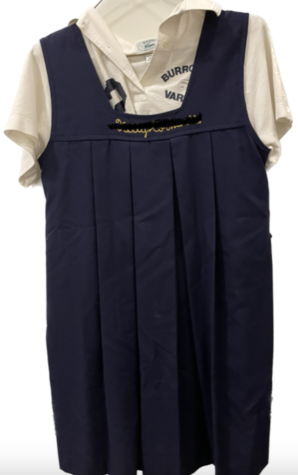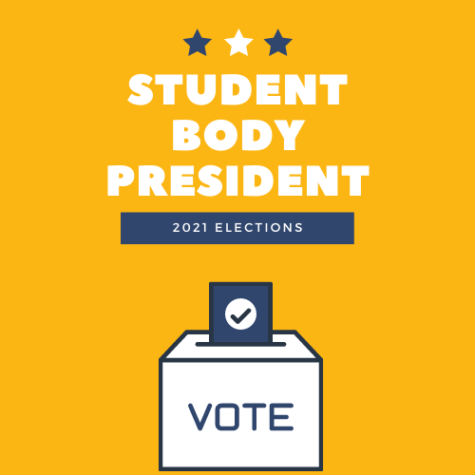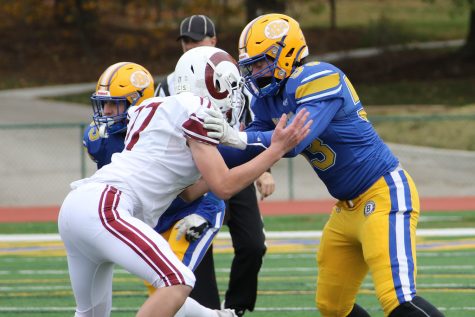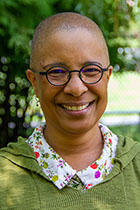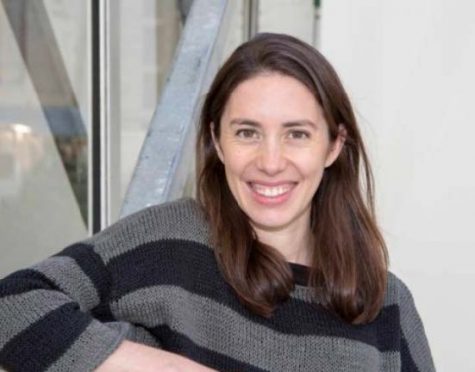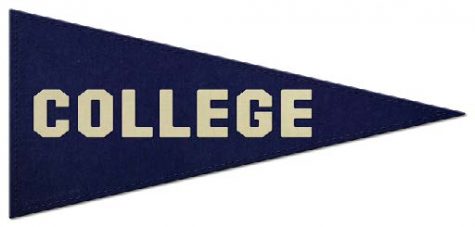Liberal Echo Chamber or Inclusive Setting?
November 3, 2020
Burroughs is known for promoting an inclusive environment, but does this translate into a school climate that is politically balanced?
Statistically, the answer is no. A recent survey of 242 members of the student body found that almost three out of four students (72%) identify as liberal; nearly a third of the student body identifies as “strongly liberal” (31%). On the contrary, only 17% of the students surveyed reported that they were conservative, with just 6% of the student body identifying as “strongly conservative.” In other words, conservative students at Burroughs are outnumbered four to one. This ratio comes with consequences; when the majority of the student body is liberal, many students with other political beliefs may be less comfortable sharing their opinions, and we lose the benefits that come with the inclusion of multiple perspectives in our community. How do we ensure that every student’s voice is heard?
(Briefly, we want to acknowledge that the labels we use throughout this article––“conservative” and “liberal”––are broad categories that cannot completely account for the spectrum of political beliefs present in our community. We use them here because they are the most commonly used terms in regards to political alignment in the U.S.)
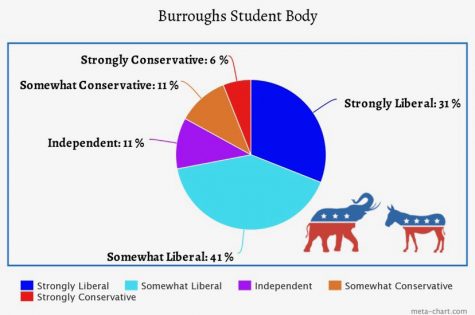
Every single person with whom we consulted about this article expressed the belief that Burroughs was not politically balanced; most specified that they saw the Burroughs community as liberal. Ms. Shimabukuro, the 9th and 10th grade principal, says that “there seems to be more of a liberal leaning and [liberal] vibe on campus,” noting that her perceptions of the political climate have been influenced by “conversations . . . with other teachers and students,” as well as “assembly announcements and clubs on campus.”
Most of the students we spoke to who identified as liberal agreed that the liberally-leaning climate at Burroughs made them feel more comfortable sharing their beliefs and opinions, and many acknowledged that conservative students might have a more difficult time doing so. Max Wood (’23) explained that he previously identified as conservative and was now “more of a leftist”; while he added that Burroughs did not contribute to his change in political alignment, he explained that “it was definitely easier going from conservative to leftist and not the other way around” because his opinions wouldn’t get “as much of a reaction.” Phoebe Philip (’21), who helps to lead the Young Republicans club, said that “going into social studies classes [especially] every year” is “a source of anxiety” for her. “On the whole, though,” she says, “I’ve been very blessed to have teachers who seek to understand me and let my voice be heard, but also teach me how to listen.” Phoebe indicated that many conservative students do feel much less comfortable speaking out about politics. She pointed out to us that she is being interviewed for multiple articles about her conservative viewpoint––something that she was happy to do, but that to her implied a lack of vocal conservatives on campus.
A student body that has an equal number of liberal and conservative students might allow students with differing political identities to feel more comfortable sharing their opinions. Still, attaining a balanced population is far from the most effective way to achieve a politically balanced climate, and may never happen. Ms. Kinney, who teaches the 10th grade Diversity Seminar class, notes that while “achieving a balance of political identities” is not a “stated goal of Burroughs,” that “we do want to foster a community that welcomes and embraces each person’s entire identity, including political identity.” Thomas Dobbs (’21) notes that any actual attempts to balance out the political ratio of the student body would inevitably carry over into the admissions process. Ideally, he says, Burroughs “would only consider applicants as students,” and not “a means to achieve … political balance.” Every individual we spoke to agreed that trying to equalize the ratio of conservative to liberal students would not be a reasonable course of action, or necessary for creating an environment that feels more politically inclusive. Phoebe Philip says, “It’s not so much that [conservatives] are the minority, it’s just that we want to have a voice and we want to be respected for that voice.” Yara Levin (’22) “[doesn’t] think the solution is [. . .] to try to be ⅓ liberal, ⅓ independent, ⅓ conservative, or some ratio like that. We just need to get better at dialogue.”
There are opportunities for students to express their opinions, though many students who we spoke with were not certain that there are enough. Ms. Shimabukuro agreed, and said that students “may not take advantage of these opportunities, especially if they feel uncomfortable or intimidated because they don’t hold the majority point of view.” If students at Burroughs are to feel comfortable voicing their political opinions, we, as a community, need to understand how to facilitate respectful discussions and how to operate when we disagree. Diversity seminar, in the words of Ms. Kinney, helps to “build the skills to have healthy conversations (not debates!) around a number of sensitive, identity-related issues, with the goal of applying [them] to any sensitive conversation students might have elsewhere in [their] lives”; she finds that students are able to have more “meaningful and respectful conversations” as the year progresses. “I’m not naïve enough to say that students always feel comfortable sharing everything that comes to mind,” she added. “I do hope that if students ever feel […] unable to be authentic in the classroom, especially because of an unhealthy power dynamic, they will share those feelings with me and we will find a way to navigate it together.” Phoebe Philip says that Diversity seminar is “a good start,” but that a more open student body “can’t start with diversity class [. . .] It has to start from the culture up at Burroughs.” She notes that not all sophomores are equally as mature when it comes to the difficult conversations that arise in Diversity.
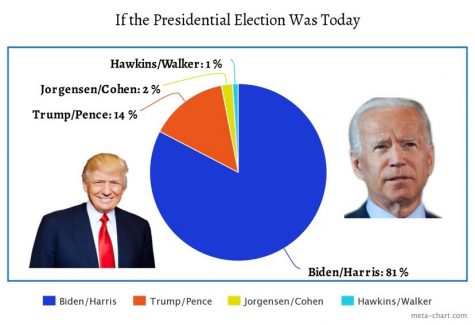
The truth is that Burroughs will most likely remain a liberal community. While we don’t need to change this, we should consider what impact our liberal majority has on students who aren’t part of it. Being accepted by our peers is a concern in both middle and high school, even without getting political––there are many factors that determine how each student in our community expresses and interacts with political opinions. We need to ensure that platforms are available for students who want to speak up, especially those who want to make their voices heard but are less comfortable doing so. Discussions about politics are bound to result in disagreement; Ms. Kinney reminds us to “truly listen to the other’s experience and to seek understanding, without the need to change the other person. The key to all of this is empathy.” As Maddy Pass, a Burroughs sophomore currently taking Diversity Seminar, puts it––“I don’t mind speaking about politics with someone [. . .] as long as they are willing to listen just as I am. Because that’s what we all want, right? To be heard.”
